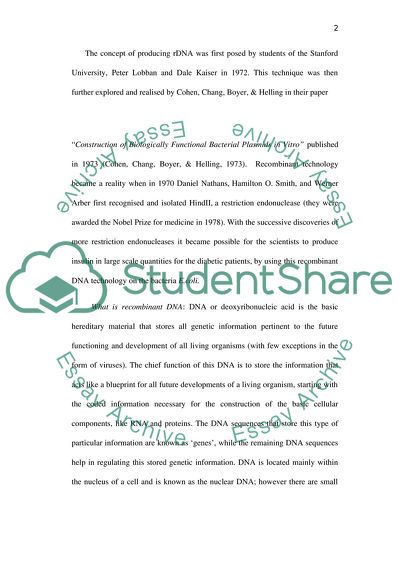Cite this document
(Recombinant Proteins Coursework Example | Topics and Well Written Essays - 3000 words, n.d.)
Recombinant Proteins Coursework Example | Topics and Well Written Essays - 3000 words. https://studentshare.org/chemistry/1742847-recombinant-proteins
Recombinant Proteins Coursework Example | Topics and Well Written Essays - 3000 words. https://studentshare.org/chemistry/1742847-recombinant-proteins
(Recombinant Proteins Coursework Example | Topics and Well Written Essays - 3000 Words)
Recombinant Proteins Coursework Example | Topics and Well Written Essays - 3000 Words. https://studentshare.org/chemistry/1742847-recombinant-proteins.
Recombinant Proteins Coursework Example | Topics and Well Written Essays - 3000 Words. https://studentshare.org/chemistry/1742847-recombinant-proteins.
“Recombinant Proteins Coursework Example | Topics and Well Written Essays - 3000 Words”. https://studentshare.org/chemistry/1742847-recombinant-proteins.


